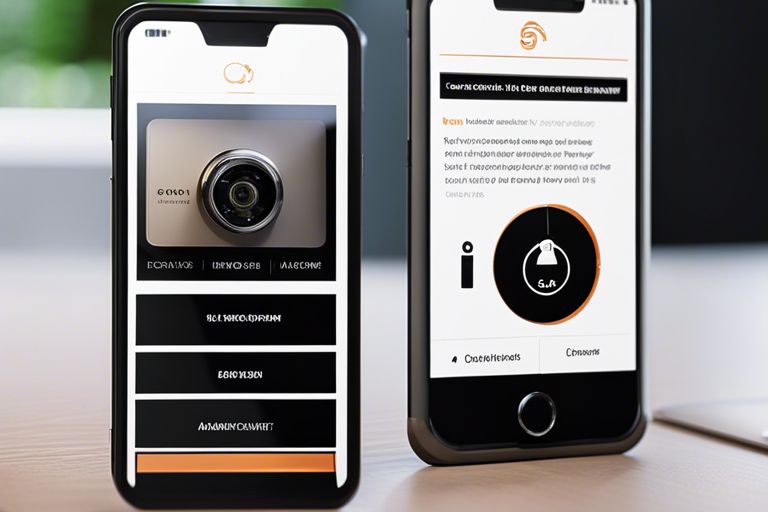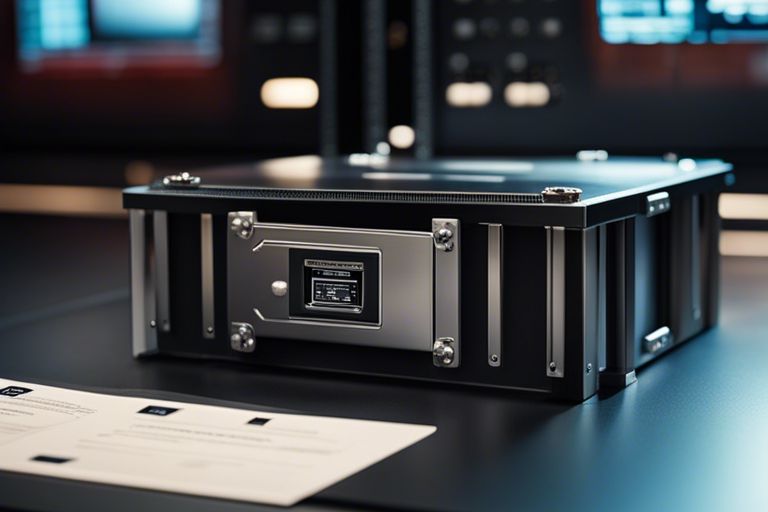Network security is a critical aspect of any organization’s overall security posture. With the increasing sophistication of cyber threats, businesses need a robust network security infrastructure to protect their sensitive data and systems.
However, having the right security tools and technologies is not enough. It is equally important to measure the effectiveness of your network security measures to ensure that they are providing the desired level of protection.
Why Measure Network Security Effectiveness?
Measuring network security effectiveness allows you to:
- Identify vulnerabilities and weaknesses in your network security infrastructure
- Assess the impact of security controls on network performance
- Validate the effectiveness of security investments
- Provide evidence of compliance with regulatory requirements
Critical Metrics for Measuring Network Security Effectiveness
When it comes to measuring network security effectiveness, there are several key metrics that you should consider:
- Threat Detection Rate: This metric measures the ability of your security tools to detect known and unknown threats. Regularly assessing the detection rate is essential to protect your network against the latest threats.
- Incident Response Time: This metric measures the time it takes for your organization to respond to a security incident. A shorter incident response time indicates a more effective security posture.
- False Positive Rate: This metric measures the number of false positives your security tools generate. A high false positive rate can lead to alert fatigue and decreased efficiency in incident response.
- Mean Time to Detect (MTTD) and Mean Time to Respond (MTTR): These metrics measure the average time it takes to detect and respond to a security incident. A shorter MTTD and MTTR indicate a more efficient incident response process.
- Security Control Effectiveness: This metric measures the effectiveness of your security controls in preventing and mitigating security incidents. Regular assessments can help identify any gaps or weaknesses in your security infrastructure.
Best Practices for Measuring Network Security Effectiveness
Here are some best practices to consider when measuring network security effectiveness:
- Define Clear Objectives: Clearly define your objectives for measuring network security effectiveness. This will help you focus your efforts and measure the right metrics.
- Establish Baseline Measurements: Before implementing any changes or improvements, establish baseline measurements for the key metrics. This will provide a benchmark for evaluating the effectiveness of any changes.
- Regularly Assess and Monitor: Network security is an ongoing process. Regularly assess and monitor the key metrics to identify any changes or trends that may indicate a need for adjustments.
- Collaborate with Stakeholders: Involve stakeholders from different departments, such as IT, security, and compliance, in the measurement process. This will help ensure that all perspectives are considered and that the measurements align with organizational goals.
- Use Automated Tools: Consider using automated tools and solutions to streamline the measurement process. These tools can help collect and analyze data more efficiently, saving time and resources.
Conclusion
Measuring network security effectiveness is crucial for maintaining a solid security posture. By regularly assessing key metrics and following best practices, organizations can ensure that their network security measures provide the desired protection level. Network security is an ongoing process; continuous measurement and improvement are vital to staying one step ahead of cyber threats.






